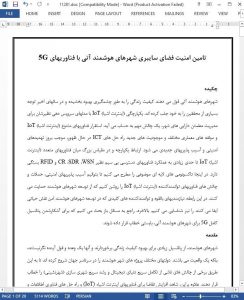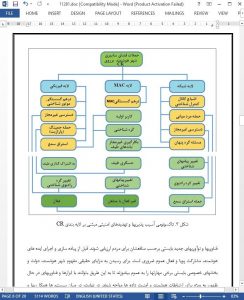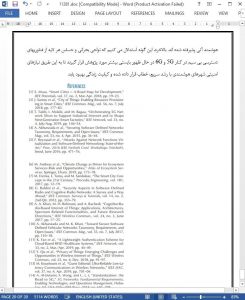Abstract
Future smart cities promise to dramatically improve the quality of life and have been attracting the attention of many researchers in recent years. The integration of IoT with their corresponding service delivery models to manage a city’s asset securely remains a significant challenge. The deployment of diverse IoT technologies and several architectural components and novel entities of emerging ICT solutions opens up new security threats and vulnerabilities. Large-scale, seamless communication among multiple IoT technologies is highly dependent on the operations of the underlying wireless access technologies such as WSNs, SDR, CR and RFID. We present thematic layered taxonomies to highlight the potential security vulnerabilities, attacks, and challenges of key IoT enabling technologies which underpin the development of smart cities. We also identify potential requirements and key enablers that play a vital role in the development of secure smart cities. Finally, we discuss various open issues that need to be addressed to unlock the full potential of 5G for future smart cities.
Introduction
Smart cities have strong potential to improve the quality of life and they are no longer a futuristic promise but a reality. Several governments have started ambitious smart city projects around the world to address some of the challenges brought about by the rapidly evolving digital world and the fast growth of urbanization. Moreover, we have witnessed an increasing demand for Internet of Things (IoT) technologies and Information and Communications Technology (ICT) solutions. Today, many services are being delivered to IP-enabled smart mobile devices to mobile users. These technological trends are likely to attract a huge mass market and several key players within smart connected communities [1].
Conclusion
Future smart cities are imposing new requirements of cybersecurity because of the newly deployed underlying infrastructural entities and architectural components that are part of them. IoT is a layered architecture where security implications pertaining to any layer can affect other layers and are heavily dependent on each other. To address the security issues, we have presented a systematic layered approach of key IoT enabling technologies which pave the way toward the development of secure future smart cities. We have presented thematic layered based taxonomies of attacks at each layer of a future smart city. We have also highlighted key requirements and enablers to secure future smart cities. Consequently, we discussed open research issues that need to be addressed in the future to harness 5G capabilities as 5G technologies are adopted by future smart cities. Finally, we argue that the critical areas at each layer of various wireless access technologies together with 5G and the emerging 6G must be further investigated to address the security needs of fast-growing smart cities and improve the quality of life.











